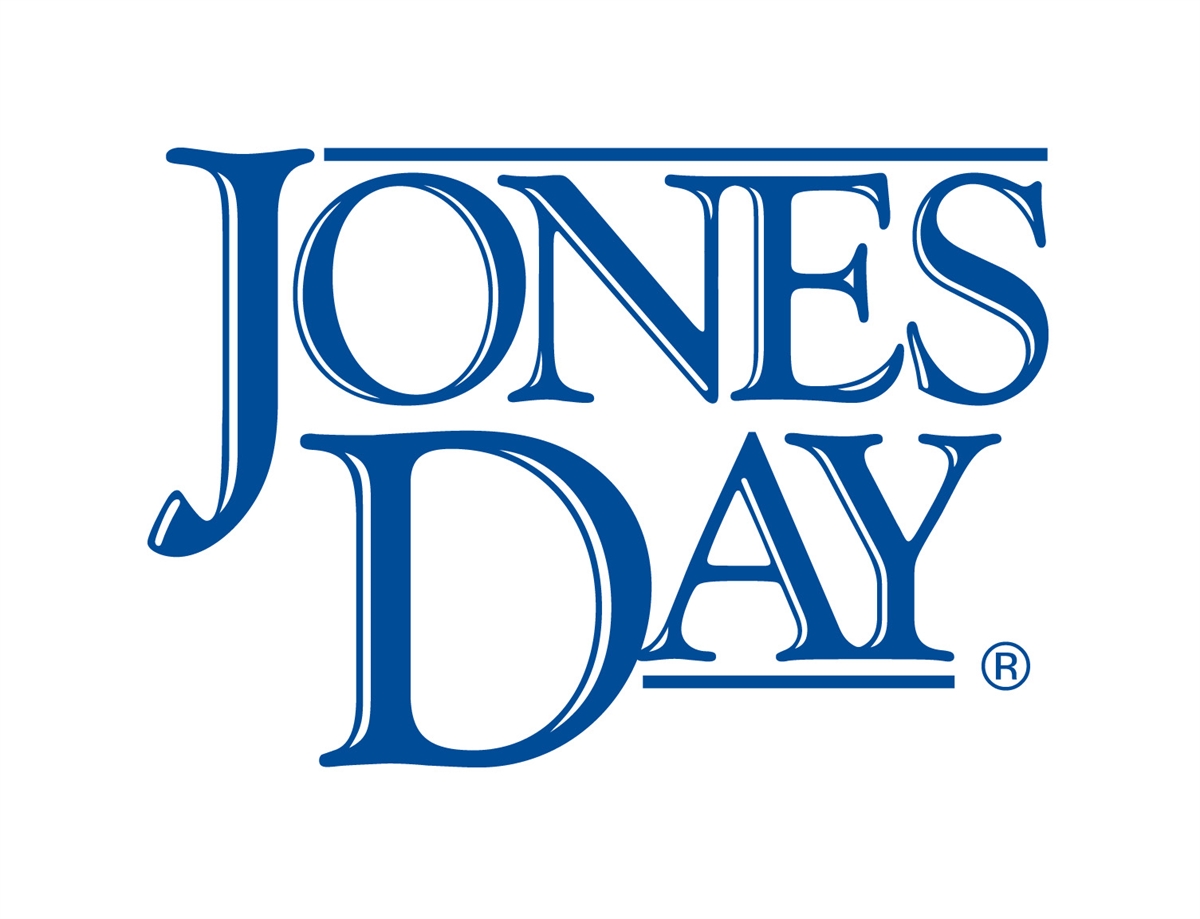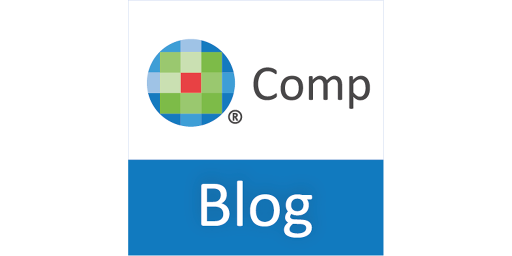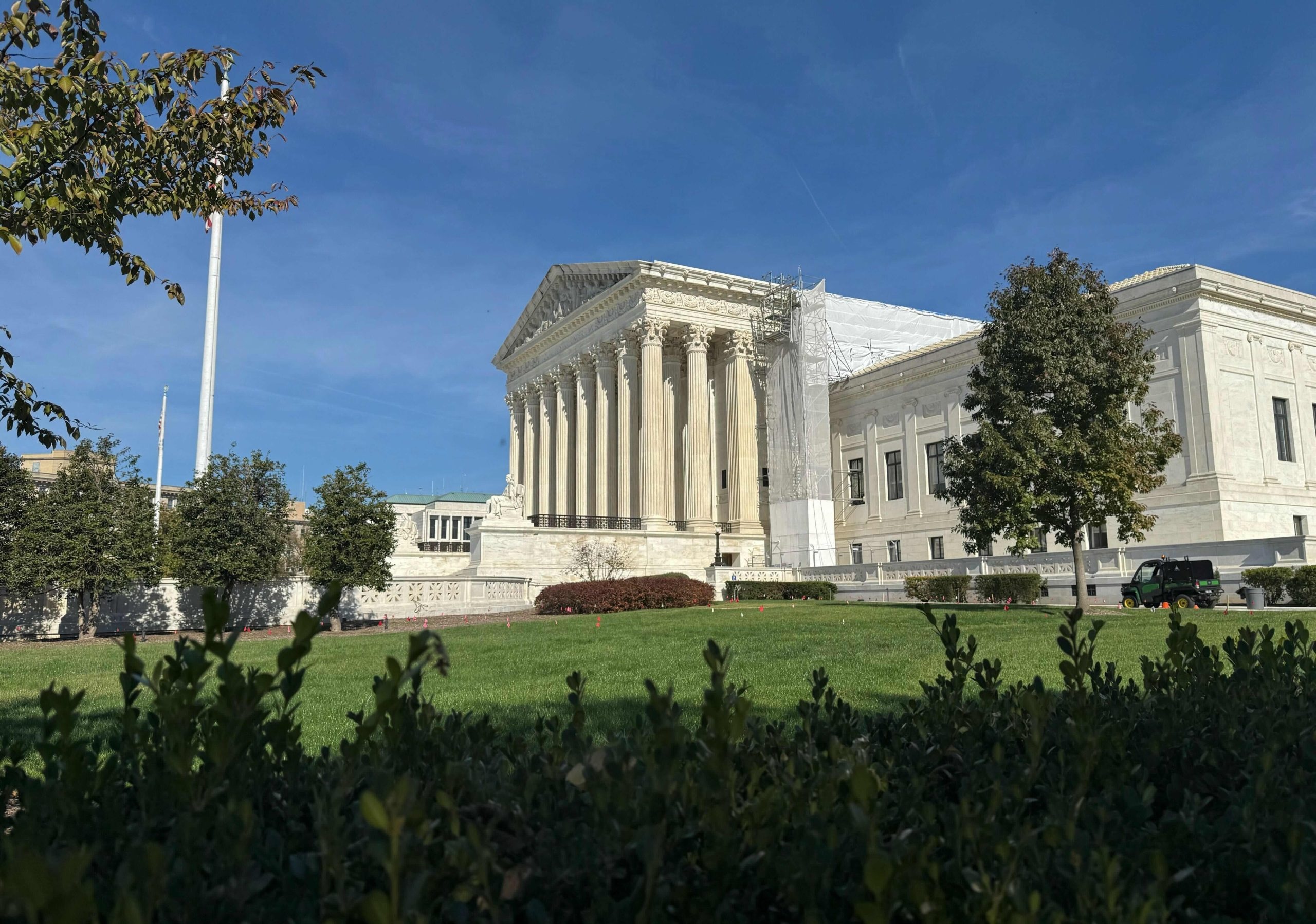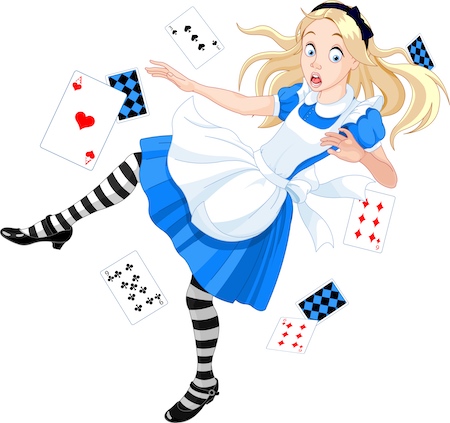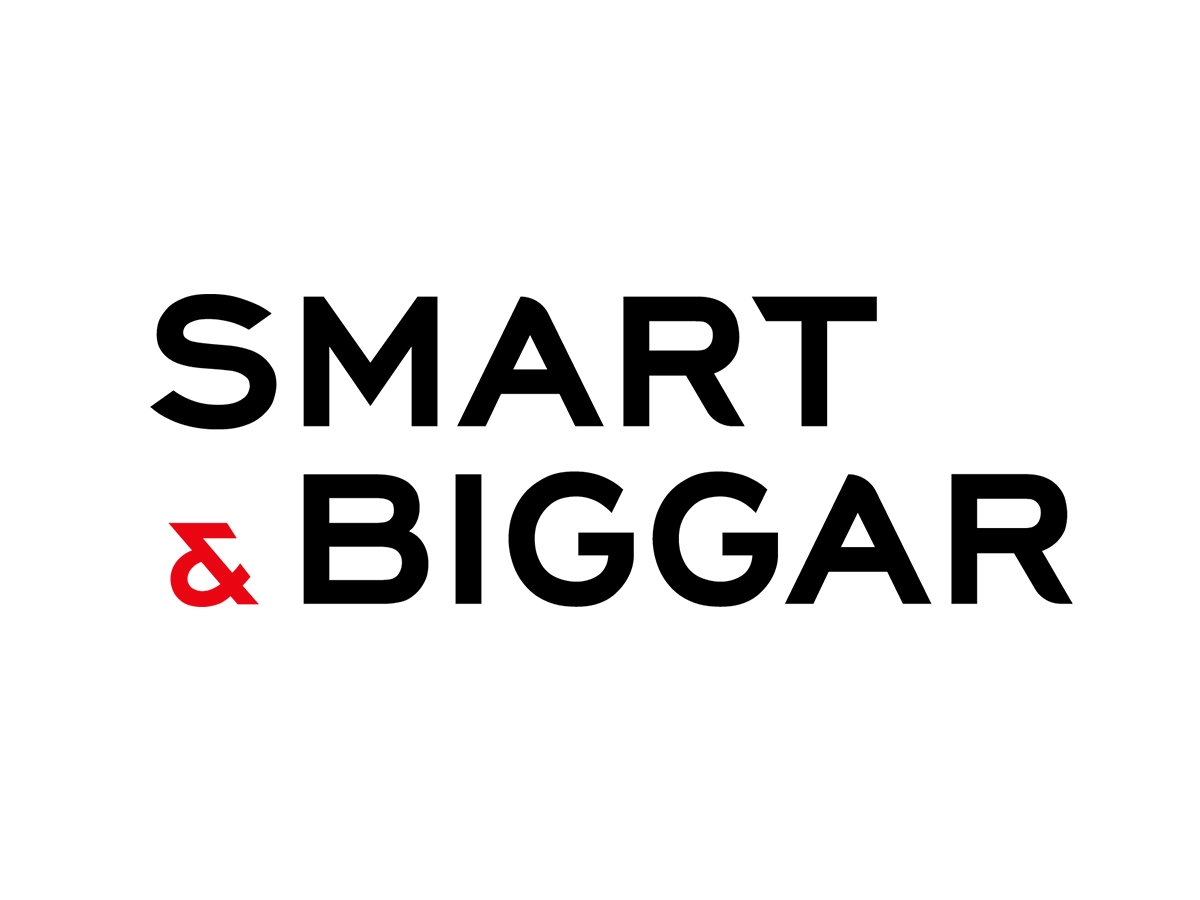Jones Day: Blurring the Line between the Dry and the Wet Lab – Joint Inventorship for AI-Assisted Life Science Inventions
In the year 2024, researchers were awarded not one, but two Nobel Prizes for their work on artificial intelligence (AI). Particularly noteworthy for the life science community is the Nobel Prize in Chemistry, awarded to David Baker for “the almost impossible feat of building entirely new kinds of proteins” and to Demis Hassabis and John M. Jumper for “develop[ing] an AI model to solve a 50-year-old problem: predicting proteins’ complex structures.” These achievements cement AI’s place as a life science breakthrough and highlight AI’s growing role in biopharmaceutical R&D. Scientists have demonstrated that AI can be used at nearly every stage of drug discovery, from druggable targets to lead molecule optimization and screening to clinical trial design. However, despite promises to increase the speed and success rate of drug development, the use of AI challenges traditional views on a fundamental tenet of patent law: inventorship.
Under U.S. law, an AI cannot be an inventor on a patent. The Federal Circuit’s Thaler[i] 2022 decision explicitly addressed this issue. It held that the U.S. Patent Act limits “inventor” to human beings. This prevents non-natural persons, including AI, from being listed on U.S. Patents and Patent Applications. Most countries (except South Africa) have adopted the “human inventorship requirement” for patents. Thaler, however, did not examine whether human-made inventions with the help of AI are eligible to be protected by patents. This issue was instead the focus of the Inventorship Guidelines For AI-Assisted Inventions (also known as “guidance” or “inventionship guidance”), 89 Federal. Reg. 10043, released by the United States Patent and Trademark Office’s (“USPTO” or “the Office”) on February 13, 2024.
According to the USPTO’s inventorship guidance, while AI-assisted inventions are not per se unpatentable, at least one natural person must make a significant contribution to that invention in order for there to be proper inventorship. Other jurisdictions such as the European Patent Office or China National Intellectual Property Administration also impose similar requirements. There is no clear-cut test to determine what constitutes “significant contribution.” Even without AI, the statutory and case law frameworks for inventorship remain murky. The proliferation of AI within the R&D process only adds to the uncertainty and complexity. The guidance expands the definition of “significant contribution” to include contributions by humans made through interactions with AI systems that are an “essential component” of an invention. The USPTO’s new inventorship guidance may have a significant impact on the life science industry, where inventions often include contributions from many parties. To better understand the implications of the USPTO’s inventorship guidance for the life science industry, we examine the inventorship of AI-assisted inventions in the context of the inclusive inventorship standard that evolved to promote an open-innovation paradigm.
Proper Inventorship Is Fundamental to the Validity and Enforceability of a Patent
Patents are a negative right, meaning that the owners of a patent are afforded the right to exclude others from practicing the claimed subject matter of the patent. This negative right creates a limited monopoly that is often lucrative and intended to encourage the sharing of ideas. Patents are particularly valuable in the life sciences industry, as it relies on their exclusivity to recoup billions of dollars invested in R&D for pharmaceuticals. Patent law is based on the principle of inventorship. This is because, under U.S. laws, inventors are presumed to be the owners of a given patent. They are therefore the beneficiaries of any patent monopoly that may result until the rights are transferred. A patent with incorrect inventorship can be a costly mistake. A patent can be declared invalid and unenforceable if, for example, the inventorship is incorrect. When inventors are affiliated with multiple entities, it can be difficult to determine IP ownership if they do not properly account for all possible inventors. Especially pernicious are situations in which an unwitting collaborative relationship gives rise to joint ownership, thus undermining the exclusivity of the consequent patent assets.
Joint Inventorship and the Open-Innovation Industry
Inventorship is a legal concept that can at times defy the norms of scholarly collaboration and academic authorship observed by the scientific community at large. The USPTO’s guidance on inventorship for AI-assisted creations heavily relies on the legal framework that already exists for human inventorship. First, the guidance applies the Pannu factors, which define an inventor or a joint inventor as a person who makes a contribution to the conception of an invention that is not insignificant in the context of the full invention and transcends mere explanation of the current state-of-the-art.[ii] Notably, conception is defined as the mental part of the inventive act. It is not just recognizing a problem or having an overall goal. It is necessary to formulate the means for achieving a specific end result or goal. Conception is distinct from “reduction to practise” or the actual act of completing the invention for its intended use. In limited circumstances, conception can occur simultaneously with the reduction to practice. This means that the person(s), who reduced the invention to practice, can also qualify as an inventor, and not only the person(s), who conceived the idea. The doctrine of simultaneous conception and reduction to practice is especially germane in the context of life science R&D where the utility of an invention, such as a drug molecule, is often uncertain until it undergoes synthesis and testing
Second, the guidance also relies on the standard for joint inventorship codified under 35 U.S.C. SS116(a), which was amended in 1984 to relax the collaboration requirement for joint inventorship.[iii] In particular, this requires only a modicum of collaboration between joint inventors and, importantly, does not require joint inventors to work together physically or at the same time and does not require each joint inventor to have contributed to the subject matter covered by all of the claims in a patent application.[iv] Moreover, to the extent each joint inventor is required to make a significant contribution, there is in fact no minimum threshold for the quantity or quality of contribution.[v] What constitutes “significant contribution” remains a fact-specific inquiry, as the courts have yet to prescribe any bright-line rule.
The result is an inclusive inventorship standard that reflects a concerted effort by Congress and the Federal Circuit to develop an open-innovation-friendly inventorship paradigm.[vi] The cumulative nature of inventions in open-innovation industries means that those industries are especially susceptible to so-called “secret” prior art.[vii] Despite not being publicly accessible, secret prior art, such as unpublished patent applications and surreptitious offers for sale, can still be used to challenge the patentability of subsequent improvements. This is true both under the first-to-invent regime that was in place before the America Invents Act (“AIA”) and the current post-AIA first-inventor-to-file regime. The common ownership exemption introduced by the 1984 amendments was insufficient because R&D is often spread across multiple entities. The common inventorship exception allows for more prior art to be excluded from consideration, which is more open-innovation-friendly. A standard that includes joint inventorship increases the certainty of patentability for inventions that are the result of open innovation. An inclusive joint inventorship standard is also a more flexible remedy than the joint research agreement exception established under the Cooperative Research and Technology Enhancement (CREATE) Act because no formal agreement is necessary to invoke the joint inventorship exception.
The AIA, in attempting to balance the interests of independent inventors who lack the resources to file patent applications early and often against those of large corporations who prefer greater certainty in patentability, retained at least some forms of secret prior art. In Helsinn , the Supreme Court unanimously ruled that the 35 U.S.C. SS102 includes offers made in secret. One could argue that there is still enough incentive to maintain a joint inventorship standard. In the life science industry, innovative activities can range from pre-invention contributions such as laws of nature discoveries to post-invention contributions including experiments to confirm drug efficacy. AI-assisted inventions will likely add more uncertainty and complexity. While it is clear that AI itself cannot be a joint inventor, the individuals who can qualify may extend well beyond what a typical patent applicant in the life science field has been conditioned to expect.[viii]USPTO’s Guiding Principles Help to Determine Inventorship of AI-Assisted Inventions[ix]The USPTO’s inventorship guidance sets forth five guiding principles to help determine the inventorship of AI-assisted inventions. These guiding principles recognize that a person can make an important contribution to an AI assisted invention by interacting with an AI system (e.g. designing, building and training). Below, we examine each principle in detail.[x]Guiding Principle 1.
A natural person’s use of an AI system in creating an AI-assisted invention does not negate the person’s contributions as an inventor. A person who uses an AI system to create a design can qualify as an innovator if they make a significant contribution to the invention. For example, modifying the design created by the AI. AI-assisted creations are not categorically non-patentable due to lack of proper inventorship, according to the guiding principle 1. Instead, an AI-assisted invention can have proper inventorship if at least one natural person made a significant contribution to the subject matter of the invention.
Guiding Principle 2.
Merely recognizing a problem or having a general goal or research plan to pursue does not rise to the level of conception. This aspect of the principle 2 is consistent to the classic criteria for invention. Principle 2 also recognizes that humans can make a significant contribution to the way AI systems interact with humans. It is possible for an innovator to make a contribution by creating a prompt to elicit the AI system to provide a solution to a specific problem. In the context life science R&D principle 2 introduces multiple possible joint inventors who’s contributions are a result of interactions with an AI. Under principle 2, the individuals who identified the existing molecule would qualify as inventors of the new drug molecules because by identifying an existing molecule, they effectively constructed a prompt for a specific problem and to elicit a particular solution from an AI system (e.g., generate new drug molecules with better properties than an existing molecule). Under principle 2, the individuals who identified the existing molecule would qualify as inventors of the new drug molecules because by identifying the existing molecule, they effectively constructed a prompt for a specific problem and to elicit a particular solution from the AI system (e.g., generate new drug molecules with better properties than the existing molecule).Guiding Principle 3.
Reducing the output of an AI system to practice typically will not give rise to inventorship because conception is still the touchstone of inventorship. But where the utility of the output of the AI system is uncertain, a person who reduces the output to practice–for example, by conducting a successful experiment using an AI system’s output–could demonstrate a significant contribution to the invention. The doctrine of simultaneous conception, and reduction to practice, is often associated with so-called unpredictable art, such as biology and chemistry. However, case law, including Burrough and Pannu, shows that the doctrine can be invoked in many different ways. In practice, not all inventions in the unpredictable arts are sufficiently unpredictable to invoke doctrine of simultaneous conception. Similarly, some inventions in the traditionally predictable arts, such as
electrical, mechanical, and software engineering, may be sufficiently unpredictable to warrant the doctrine. Guiding principle 3 raises a more fundamental question about how predictable AI itself is. On the one hand AI is often described by black box algorithms, whose complex nonlinearities and extremely high-dimensional spaces make its behavior impossible to predict or explain. Could the conception of some AI systems and, by extension, their output not occur until they are reduced to practice? AI systems are designed and trained for specific outputs such as drug molecules that have high binding affinity. Does this mean that the output of AI systems are reasonably predictable, such that the doctrine is less relevant in the context of AI-assisted inventions?Guiding Principle 4. A natural person who develops an essential building block from which the claimed invention is derived may be considered to have provided a significant contribution to the conception of the claimed invention. In the context AI-assisted creations, this could include one or more individuals that design, build, or train an AI system with a specific goal in mind to elicit a solution. The Guiding Principle 4 is notable for its relaxed collaboration standard, where the individual(s), who designed, trained, or built the AI system, can qualify as inventors, without having to be present or participate in each activity leading to the conception or invention claimed. It is important to acknowledge that in real life situations, multiple people, and therefore multiple entities, may be involved in the creation, building and training of an AI. A first person might develop the architecture for a foundational AI model, which is then implemented by a person who has curated data. Then a person with no prior experience could be trained to generate new drug molecule designs that are then synthesized and tested by someone else. Even if there was little collaboration between these individuals, the guiding principle 4 allows them to claim joint inventorship. Under principle 4, even individuals whose activities may seem far removed from what is considered core life science R&D can still qualify for joint inventorship through their interactions with an AI system. Guiding Principle 5.
Maintaining “intellectual domination” over an AI system does not, on its own, qualify a person as an inventor of any inventions created through the use of the AI system. In this context, the term intellectual domination refers control over an AI system. According to principle 5, simply owning or overseeing a AI system that is used to create an innovation without making a significant contribution to its conception does not confer inventorship. In the event that guiding principle 4 was interpreted to mean that anyone who controls an AI system can be considered an inventor for inventions derived by the AI system, principle 5 undermines this interpretation. Principle 5 does not impose a higher standard of collaboration between the owners and individuals who use an AI model to create AI assisted inventions. Principle 5 uses the same criteria to determine whether an AI system owner has made a “significant” contribution. It remains to see what actions beyond owning and supervising an AI system will constitute a “significant contribution.” Best practices
AI has caused a paradigm shift in R&D for life sciences. This shift has a major impact on the convergence of experts from traditionally dissimilar disciplines such as software and hardware engineering, and life sciences. Unbeknownst to them, a growing number of people are collaborating and may not even realize that they are at the level of a joint inventor under the current inclusive joint inventorship standard. AI has opened up new avenues for claiming inventorship status, so it is more important than ever to understand and document the role of every contributor. With AI opening new avenues for claiming inventorship status, it has become more imperative than ever before to understand and document the role of every contributor.The inventorship guidance also affords USPTO personnel the ability to “request information … regarding inventorship even if the information is not material to patentability” in instances where “an examiner or other USPTO employee has a reasonable basis to conclude that one or more named inventors may not have contributed significantly to the claimed subject matter. “
In anticipation of such information requirements, patent applicants should be prepared to make the necessary disclosures without inadvertently revealing any trade secrets and other confidential information.
In sum, the USPTO’s inventorship guidance contemplates a number of new bases for inventorship that should be considered by patent applicants whose inventions were assisted by AI. It is possible that, even though an AI system can’t be an inventor, the interaction between researchers and developers of different entities could be enough to qualify them as joint inventors. To maintain clarity in IP ownership, and to avoid increasingly complex and expensive disputes, inventorship must be monitored throughout the R&D and patent procurement processes, and not just as a formality. The inventorship inquiry should also consider computational tools and not just so-called AI tools. This is because AI is constantly evolving. A thorough inventorship investigation could be compromised over time due to the informal nature of certain collaborative relationships. A “surprise” from a different entity can be a costly mistake, as it can thwart the ability to monetize your patent assets. In another words, time is of the essence–it is a mistake to delay until the filing of a patent application to attempt to identify inventors.
Disclaimer[xi]The USPTO published Inventorship Guidance for AI-Assisted Inventions, 89 Fed. Reg. Order No. 10043 (Feb. 13 2024), pursuant to President Biden’s Order on the Safe, Secure, and Trustworthy Development and Use of Artificial Intelligence, Exec. Order No. 14110, 88 Fed. Reg. 75191 (Oct. 30, 2023). President Trump revoked Executive Order No. 14110. He directed agencies to review any actions taken under Executive Order no. 14110 in order to ensure compliance with the new “global AI dominate” policy. Order No. 14148, 90 Fed. Reg. Reg. Order No. 14179, 90 Fed. Reg. Reg. Although President Trump instructed agencies to “suspend or revise…, or rescind…, or propose suspending or revising, rescinding…” actions that did not comply with policy, he did not automatically revoke
such actions. 90 Fed. Reg. Reg. The USPTO’s Inventorship Guidance for AI-Assisted Inventions is still in full force and has not been questioned by the public. Cir. 2022).
89 Fed. Reg. Reg. Co., 973 F.2d 911, 916-17, 23 USPQ2d 1921, 1925-26 (Fed. Cir. Cir. Prop. 115 (2022).
Dana-Farber Cancer Inst., Inc. v. Ono Pharm. Co., 379 F. Supp. 3d 53 (D. Mass. 2019). 89 Fed. Reg. 10050.Read the full update here.
[i]

